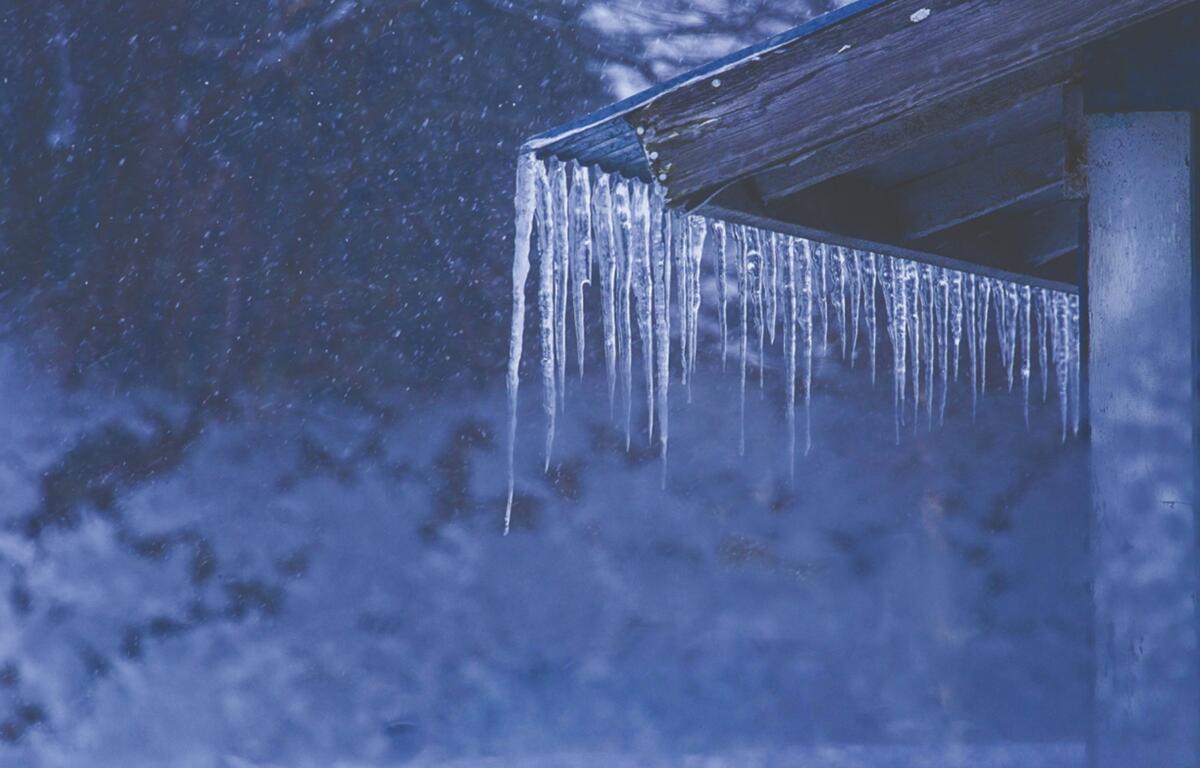ASHEVILLE, N.C. (828newsNOW) — While snow was flying across Western North Carolina on Friday afternoon, many were talking about the nosedive wind chills are expected to take in the next few days.
With wind chill temperatures expected to range from the single digits to below zero, now is the time to prepare. Winterizing your house helps improve energy efficiency, protect against damage and keep your home warm during colder months.
Here’s a list of winter home preparedness tips:
Seal drafts and insulate
Check windows and doors:
- Install weather stripping or foam tape around doors and windows.
- Use caulk to seal gaps or cracks.
- Apply shrink-wrap insulation kits to windows.
- Upgrade attic, wall and basement insulation.
- Insulate pipes in crawl spaces, basements and attics to prevent freezing.
Service heating systems
Furnace/boiler:
- Replace or clean filters.
- Schedule a professional inspection and tune-up.
Fireplaces/wood stoves:
- Clean chimneys and check for blockages.
- Stock up on firewood or pellets.
Thermostat:
- Install a programmable or smart thermostat for better temperature control.
TIPS TO KEEP WATER PIPES SAFE IN WINTER
Protect plumbing
- Drain and shut off outdoor faucets.
- Install faucet covers or insulate pipes exposed to outdoor temperatures.
- Leave faucets dripping slightly during extreme cold to prevent freezing.
- Open cupboard doors under sinks to allow warm air to circulate around pipes.
- Know the location of the main water shut-off valve.
Inspect the roof and gutters
- Check for missing or damaged shingles.
- Clean gutters to prevent ice dams.
- Install gutter guards to reduce debris accumulation.
- Install heat cables if needed.
Check exterior and landscaping
- Trim trees and branches near the house to avoid snow or ice damage.
- Cover or store outdoor furniture, grills and garden hoses.
- Ensure drainage pathways are clear to avoid water pooling near the foundation.
- Drain and shut off outdoor water lines to prevent freezing.
- Put away hoses, garden tools and patio furniture.
- Keep snow shovels, ice melt and sand accessible.
Improve energy efficiency
- Use heavy curtains or thermal window treatments to reduce heat loss.
- Add draft stoppers to door bottoms.
- Reverse ceiling fan direction to push warm air down.
- Install a programmable or smart thermostat to regulate heat efficiently.
WINTER EMERGENCY KIT: WHAT SHOULD YOU KEEP IN YOUR CAR?
Emergency preparations
- Stock up on salt or sand for icy walkways.
- Keep a snow shovel or snowblower handy.
- Prepare an emergency kit with flashlights, batteries, blankets and non-perishable food in case of power outages.
- Keep at least three days’ worth of food and water for each household member.
- Refill prescriptions and keep a first-aid kit on hand.
- Have extra blankets, gloves, hats and thermal wear available.
Test safety equipment
- Replace batteries in smoke and carbon monoxide detectors.
- Test and replace devices if necessary.
- Ensure fire extinguishers are charged and accessible.
- Confirm that all doors and windows can open in case of an emergency.
Prepare for power outages
- Invest in a generator or battery backup system.
- Unplug electronics and use surge protectors to safeguard devices during outages.
Being proactive ensures your home is ready to handle the harsh winter months safely and comfortably.


